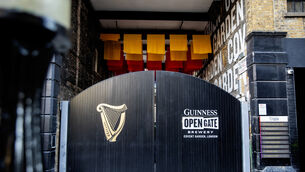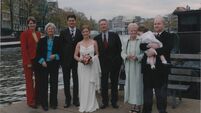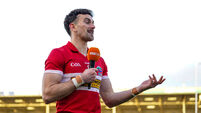Heating demands see US consumer spending exceed forecasts in January

The Commerce Department said on yesterday consumer spending increased 0.4% after advancing by a revised 0.1% in December. Spending was previously reported to have gained 0.4% in December.
Economists polled by Reuters had forecast consumer spending, which accounts for more than two-thirds of US economic activity, edging up 0.1% in January.
January’s increase in spending was driven by a 0.9% jump in services, the biggest gain since October 2001. That likely reflected an increase in demand for utilities as Americans tried to keep warm during an unusually cold spell.
With households spending more on utilities, outlays on goods fell 0.6% in January.
Despite the services-driven rise in spending, inflation pressures remained muted.
A price index for consumer spending rose 0.1% after increasing 0.2% in December. Over the past 12 months, prices rose 1.2%, compared to an advance of 1.1% in December.
Excluding food and energy, the price index for consumer spending edged up 0.1%, rising by the same margin for a seventh straight month. Core prices were up 1.1% from a year ago, after rising 1.2% in December.
Both inflation measures remain stuck below the Federal Reserve’s 2% target.
When adjusted for inflation, consumer spending rose 0.3% after falling 0.1% in December. The rise in so-called real spending could boost first-quarter gross domestic product.
Income rose 0.3% in January after being flat the prior month.
The expiration of jobless benefits for more than one million long-term unemployed people at the end of December had curbed income growth.















